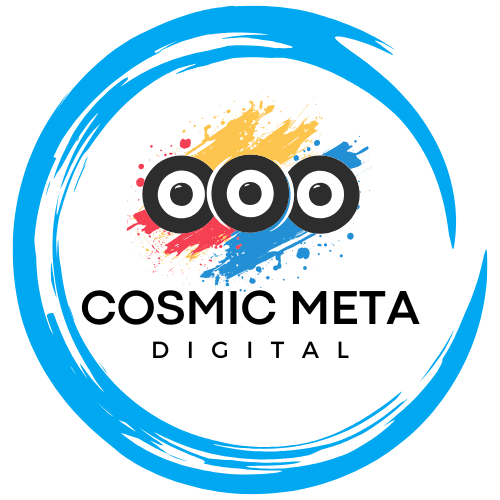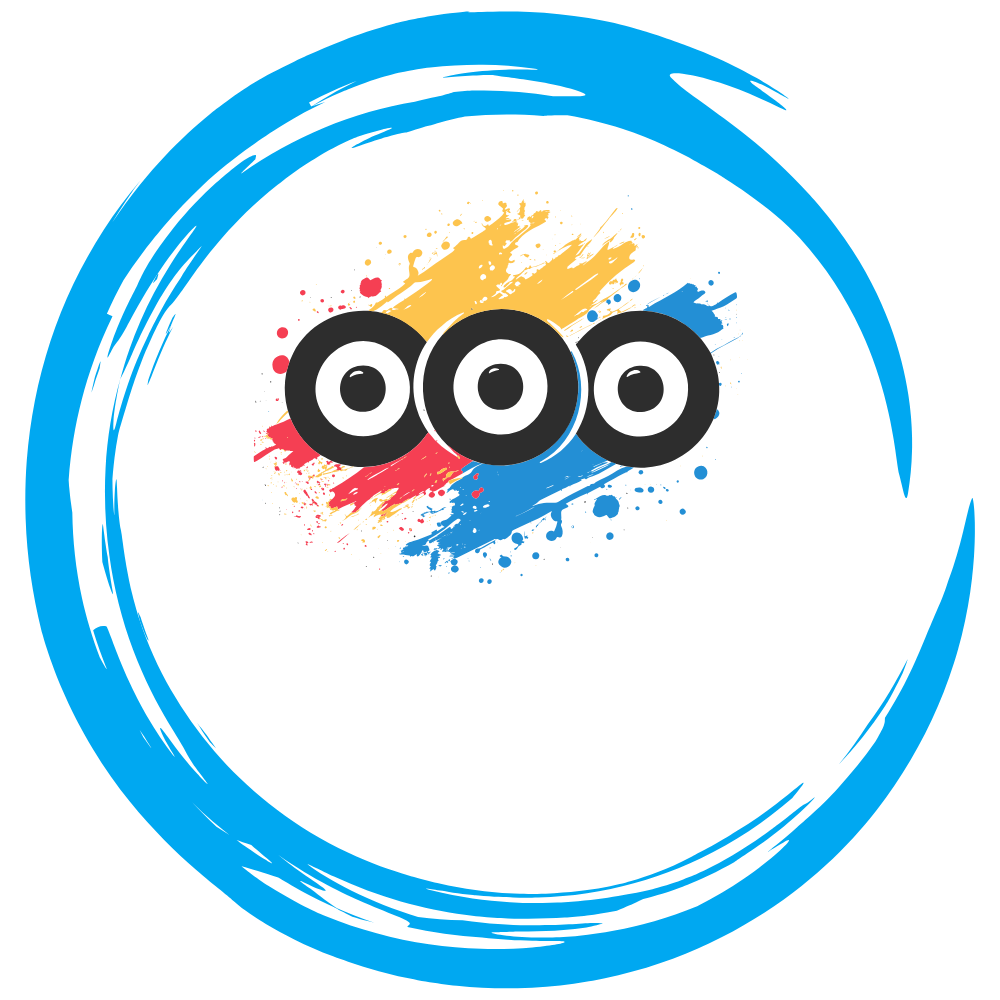Programming languages are the backbone of software development, enabling developers to communicate instructions to computers. Understanding the fundamentals of programming languages is essential for anyone looking to venture into the world of coding and software development. This post serves as an introduction to programming languages, setting the stage for more detailed discussions in future posts.
1. What Are Programming Languages?
Programming languages are formal languages comprised of a set of instructions that produce various kinds of output. These languages are used to write programs that perform specific tasks or solve particular problems. Programming languages consist of syntax (rules) and semantics (meaning), which dictate how code is written and executed.
Why Are Programming Languages Important?
Programming languages are crucial because they provide a medium for developers to create software applications, websites, and systems. They allow for the automation of tasks, data manipulation, and the creation of complex systems that drive modern technology.
2. Types of Programming Languages
Programming languages can be categorized based on their level of abstraction, paradigm, and purpose. Here are some common types of programming languages:
Low-Level Languages
Low-level languages are closer to machine code and provide little abstraction from a computer’s hardware. These languages include:
- Assembly Language: A low-level language that uses symbolic code to represent machine-level instructions. It provides direct control over hardware and is often used in system programming and embedded systems.
High-Level Languages
High-level languages are more abstract and closer to human language, making them easier to read and write. These languages include:
- Compiled Languages: Languages that are converted into machine code by a compiler before execution. Examples include C, C++, and Rust.
- Interpreted Languages: Languages that are executed line-by-line by an interpreter. Examples include Python, Ruby, and JavaScript.
Scripting Languages
Scripting languages are typically used for automating tasks and writing small programs. They are often interpreted and include languages like Python, Perl, and JavaScript.
Markup Languages
Markup languages are used for formatting and presenting data. They are not programming languages in the traditional sense but are essential for web development. Examples include HTML and XML.
Domain-Specific Languages
Domain-specific languages (DSLs) are designed for specific tasks or industries. Examples include SQL for database queries and MATLAB for numerical computing.

3. Popular Programming Languages and Their Applications
Different programming languages are suited for various tasks and industries. Here are some of the most popular programming languages and their applications:
Python
Python is a versatile, high-level programming language known for its simplicity and readability. It is widely used in web development, data analysis, artificial intelligence, and scientific computing.
JavaScript
JavaScript is a high-level, interpreted language primarily used for web development. It allows developers to create interactive and dynamic web pages. JavaScript is also used in server-side development with Node.js.
Java
Java is a high-level, object-oriented language known for its portability and performance. It is widely used in enterprise applications, Android app development, and web development.
C/C++
C is a low-level, procedural language known for its performance and efficiency. C++ is an extension of C that includes object-oriented features. Both languages are commonly used in system programming, game development, and high-performance applications.
Ruby
Ruby is a high-level, interpreted language known for its simplicity and productivity. It is widely used in web development, particularly with the Ruby on Rails framework.
Swift
Swift is a high-level, compiled language developed by Apple for iOS and macOS app development. It is known for its performance and safety features.
SQL
SQL (Structured Query Language) is a domain-specific language used for managing and manipulating relational databases. It is essential for database administration and data analysis.
4. Choosing the Right Programming Language
Choosing the right programming language depends on several factors, including the project requirements, the developer’s experience, and the language’s ecosystem. Here are some considerations when selecting a programming language:
Project Requirements
Different projects may require different languages based on their nature and scope. For example, web development projects often use JavaScript, while data analysis projects may benefit from Python.
Developer Experience
Developers should consider their familiarity and proficiency with a language. Learning a new language can be beneficial, but using a familiar language can increase productivity and reduce the learning curve.
Language Ecosystem
The ecosystem of a programming language includes its libraries, frameworks, tools, and community support. A robust ecosystem can significantly enhance development efficiency and provide valuable resources.
Performance and Scalability
Some projects require high performance and scalability. Languages like C and C++ are known for their performance, while languages like Java and Python offer scalability with the help of frameworks and libraries.

5. Learning Programming Languages
Learning programming languages requires dedication, practice, and access to quality resources. Here are some tips for learning new programming languages:
Start with the Basics
Begin by understanding the basic syntax and concepts of the language. This includes variables, data types, control structures, functions, and object-oriented principles if applicable.
Practice Regularly
Consistent practice is essential for mastering a programming language. Work on small projects, solve coding challenges, and contribute to open-source projects to gain practical experience.
Use Online Resources
Leverage online resources such as tutorials, courses, documentation, and forums. Websites like Codecademy, Coursera, and Stack Overflow provide valuable learning materials and support.
Join a Community
Join programming communities and attend meetups or conferences. Engaging with other developers provides opportunities for learning, collaboration, and mentorship.
Build Projects
Apply your knowledge by building projects. Start with simple projects and gradually take on more complex challenges. Building projects helps reinforce learning and showcases your skills.
Conclusion
Programming languages are the building blocks of software development, enabling developers to create applications, websites, and systems that drive modern technology. Understanding the fundamentals of programming languages and their applications is essential for anyone looking to enter the field of software development. This introduction sets the stage for more detailed discussions on specific programming languages and their best practices in future posts. Stay tuned for in-depth explorations of various programming languages and their unique features and applications.



